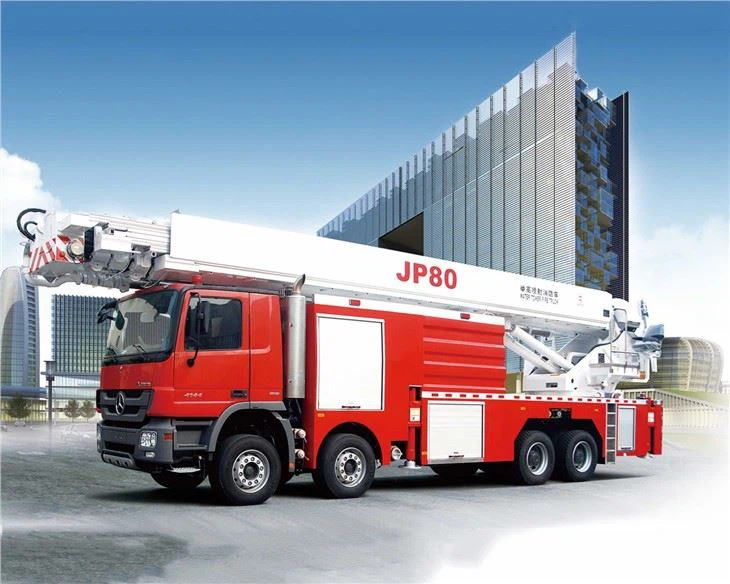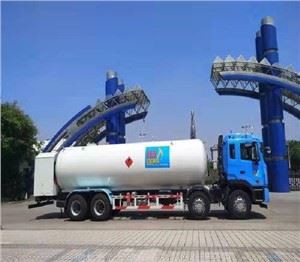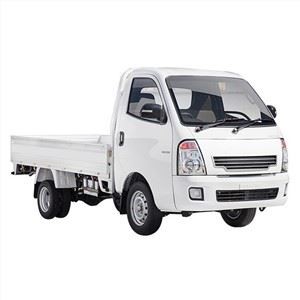Understanding the Peterbilt 356: A Comprehensive Guide

The Peterbilt 356 is a unique model in the world of heavy-duty trucks, known for its robust construction and versatility. Built to withstand the demands of various industries, the 356 is often seen on highways and construction sites alike. This article delves deep into the features, specifications, history, and applications of the Peterbilt 356, providing an extensive resource for truck enthusiasts, operators, and potential buyers.
Table of Contents
- Introduction to the Peterbilt 356
- History of the Peterbilt 356
- Design Features
- Performance Specifications
- Common Applications of the Peterbilt 356
- Maintenance Tips for the Peterbilt 356
- Fuel Economy Considerations
- Frequently Asked Questions (FAQ)
Introduction to the Peterbilt 356
The Peterbilt brand has a long-standing reputation for producing high-quality trucks, and the Peterbilt 356 is no exception. This model combines style, comfort, and incredible performance, making it ideal for various applications, from long-distance hauls to rugged construction tasks. In this article, we will explore the intricate details of the Peterbilt 356, helping you understand its advantages and suitability for your needs.
History of the Peterbilt 356
The Peterbilt 356 was introduced in the 1980s as part of the company’s strategy to provide versatile and durable trucks for the increasing demands of the transportation industry. Its distinctive design and functionality quickly garnered attention from operators across North America. Over the years, the model has been improved and updated with modern technology while maintaining its classic charm.
Design Features
Interior Design
The interior of the Peterbilt 356 is crafted with comfort and functionality in mind. Here are the key features:
- Spacious Cabin: The cabin provides ample space, ensuring driver comfort during long journeys.
- Ergonomic Controls: All controls are intuitively placed, making operation easy and safe.
- Quality Upholstery: Seats are made from high-quality materials, providing support and durability.
- Advanced Instrumentation: The dashboard features modern instrumentation for better monitoring of the truck’s performance.
Exterior Design
The exterior design of the Peterbilt 356 is as functional as it is iconic. Key elements include:
- Distinctive Grille: The Peterbilt signature grille provides not only aesthetic appeal but also improved airflow for engine cooling.
- Robust Frame: Constructed with heavy-duty materials, the frame is designed to withstand harsh conditions.
- Variety of Paint Options: Customers can choose from a wide range of colors to customize their trucks.
- Integrated Lighting: The truck is equipped with innovative lighting solutions for improved visibility and safety.
Performance Specifications
The performance of the Peterbilt 356 is noteworthy, which makes it a preferred choice in heavy-duty vehicles. Here are some essential specifications:
Engine Options
The Peterbilt 356 offers a range of engine options, allowing buyers to choose based on performance needs:
| Engine Model | Horsepower | Torque (lb-ft) |
|---|---|---|
| Cummins ISX15 | 400-600 HP | 1450-2050 lb-ft |
| Packard PX-9 | 325-500 HP | 1000-1500 lb-ft |
Transmission Choices
With various transmission options available, the Peterbilt 356 provides flexibility and control:
- Automatic Transmission: Offers ease of use for long hauls.
- Manual Transmission: Provides enhanced control for operators who prefer a hands-on approach.
- Focus on Efficiency: Many of the transmission choices are designed to maximize fuel efficiency.
Common Applications of the Peterbilt 356
The versatility of the Peterbilt 356 means it can be used in various applications:

- Construction: The robust build makes it ideal for transporting materials.
- Long-Distance Hauling: Equipped for extended highway travel.
- Municipal Use: Commonly seen in garbage collection or utility services.
- Heavy Towing: Capable of pulling substantial loads with ease.
Maintenance Tips for the Peterbilt 356
Maintaining a Peterbilt 356 is crucial for longevity and performance. Here are some practical tips:
- Regular Oil Changes: Change the oil according to the manufacturer’s recommended schedule.
- Tire Maintenance: Check tire pressure and tread regularly to ensure safety and efficiency.
- Brake Inspection: Inspect and maintain the braking system for reliable performance.
- Cooling System Check: Regularly check the coolant levels and system to prevent overheating.
Fuel Economy Considerations
Optimizing fuel economy is a priority for every owner-operator. Here are some tips to improve fuel efficiency with the Peterbilt 356:
- Maintain Proper Tire Pressure: Ensure tires are inflated to the recommended pressure to reduce rolling resistance.
- Reduce Weight: Minimize unnecessary loads to improve fuel efficiency.
- Optimize Route Planning: Use GPS technology to plan the most efficient routes.
- Regular Maintenance: Keep the engine well-tuned and components in good condition.
Frequently Asked Questions (FAQ)
1. What is the average lifespan of a Peterbilt 356?
The average lifespan of a Peterbilt 356 can range between 15 to 20 years with proper maintenance.

2. Can I customize my Peterbilt 356?
Yes, numerous customization options are available, from engine choices to aesthetic features.
3. What kind of fuel does the Peterbilt 356 use?
The Peterbilt 356 primarily runs on diesel fuel, optimized for heavy-duty performance.
4. Is the Peterbilt 356 suitable for urban driving?
Yes, with its compact design and easy maneuverability, it’s suitable for urban environments.

5. Where can I buy a Peterbilt 356?
You can purchase a Peterbilt 356 from authorized dealers or used truck sales outlets.
6. What safety features does the Peterbilt 356 include?
The Peterbilt 356 comes equipped with advanced safety features, including anti-lock brakes and traction control systems.
